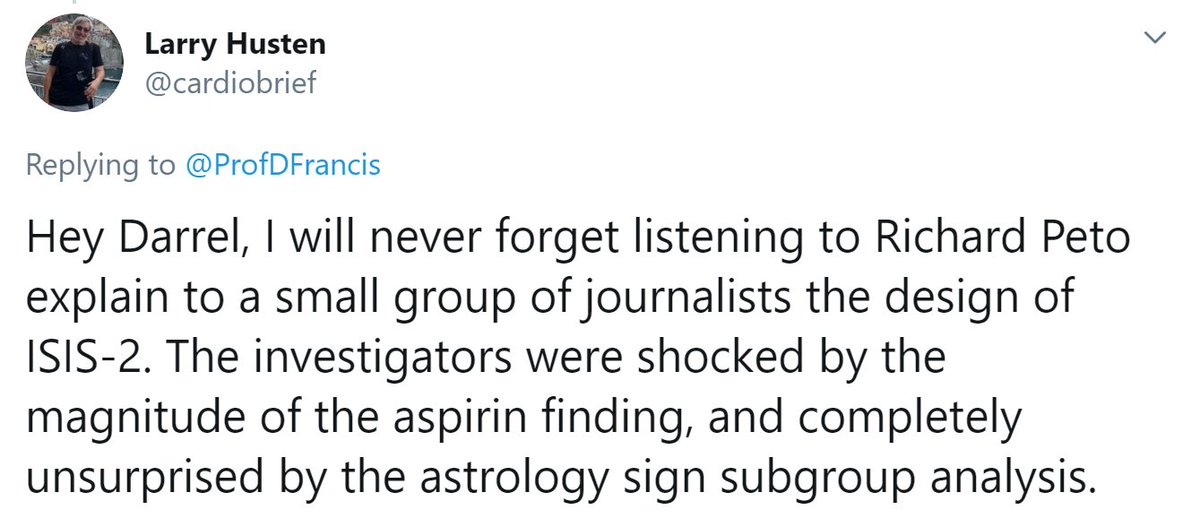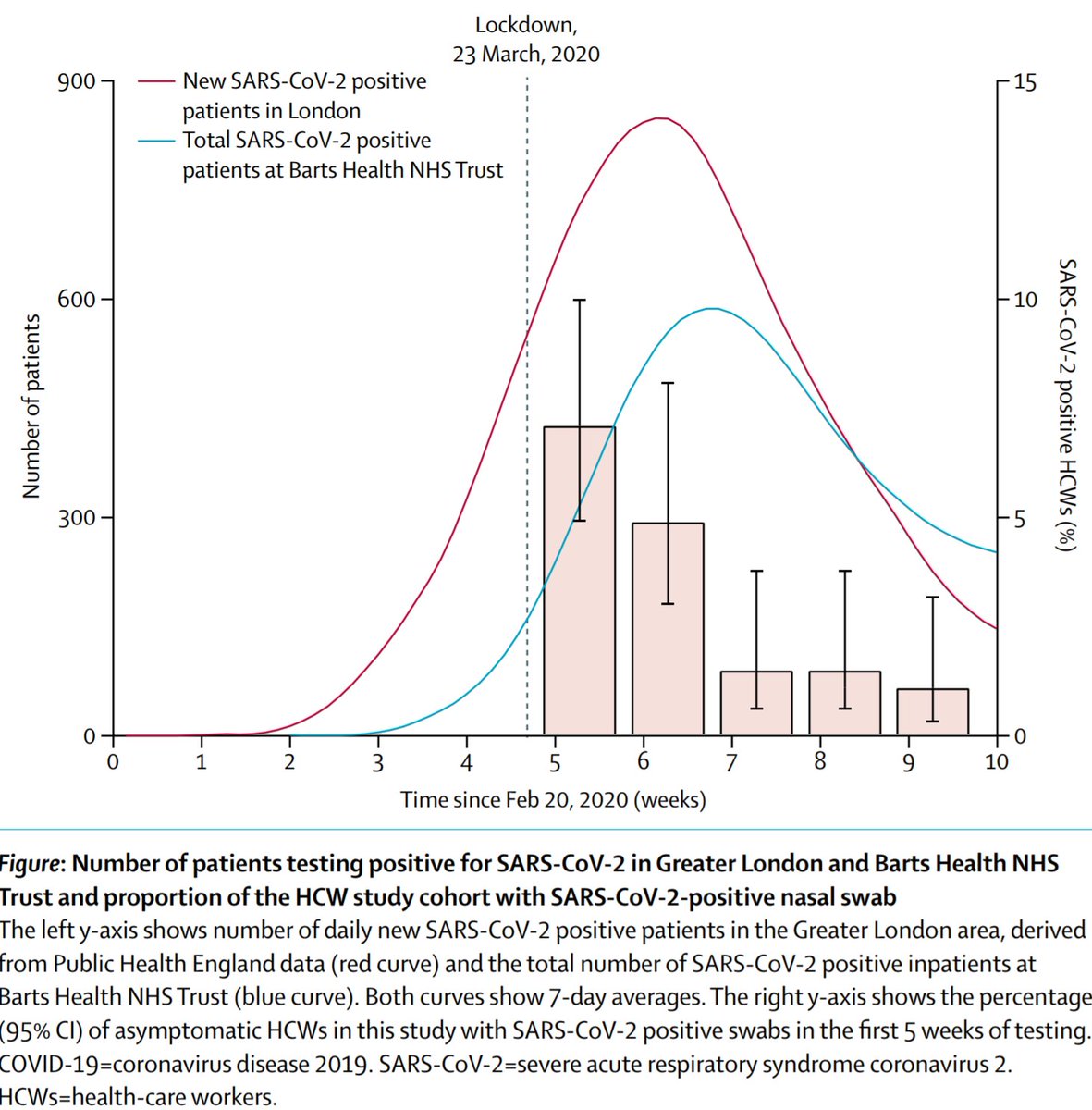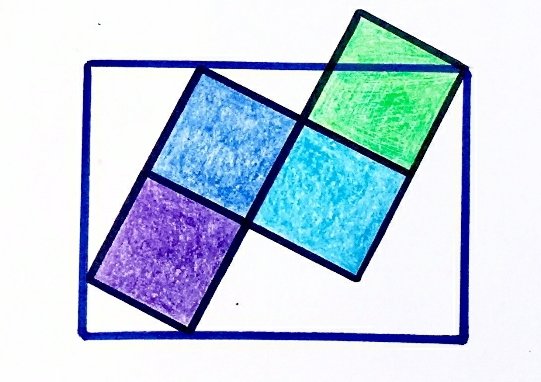Remdesivir was designed for Ebola and stuff.
Baricitinib was designed for inflammatory conditions like Rheumatoid Arthritis.
Met many people with both?
No?
Well that's why the Rheumebola-1 trial didn't recruit well, doh
Base
Sugar
Phosphate
which is how you make what?
Now let's look at where baricitinib acts. It is the JAK-STAT pathway, in which I am an expert. (Well I had only vaguely heard about it 10 minutes ago, but thanks to Twitter friends I have Wiki Links)
"something to do with sending signals from OUTSIDE THE ENTIRE CELL to INSIDE THE NUCLEUS",
i.e. getting across two membranes: the cell membrane and the nuclear membrane.
All changes can be tracked and can be undone if others don't like it.
I have made lots of contributions and very rarely been undone.
The good news is Baricitinib works at the JAK end of the JAK-STAT pathway of signal transduction, i.e. it interferes with the JAK protein. (It also apparently inhibits Endocytosis).
While Remdesivir is a nucleotide analogue, i.e. works INSIDE the nucleus.
NIAID are having to bet, and they chose like I would that they don't interfere.
So it is rational for them to have remdesivir as background therapy, and Baricitinib as the trialled drug.
Randomize to Baricitinib versus placebo
and separately but simultaneously
Randomize to Remdesivir versus placebo
Why is this 2x2 design worse?
ORBITA HQ'ers are chasing me for their weekend research meetings
Can't lie and say I am out playing football or rock climbing.
Also I have a nice tweetorial lined up for tomorrow suggested by Charlotte Manisty & James Moon
Trouble is, if I started with 1000 patients enrolling into the trial, how many will get Vitamin Z?
And when I count deaths from Covid, suppose I enrol ANY SYMPTOMATIC PERSON (who tests positive). Mortality, say, ~2%.
How many deaths do I expect in EACH of the two arms?
(On par with those trials with only one arm, claiming efficacy.)
I line up the patients at one end of a big aircraft hangar, like the Excel centre or whatever. They sign up, and then flow forward on a conveyor belt.
Angharad, meets the first, and randomizes them to Vitamin A versus Placebo.
Off they go to seek their fortune, with their 27 little canisters, one labelled "A or placebo", another labelled "B or placebo", etc.
Angharad would write the Vitamin A Versus Placebo paper.
How many people in her two arms: Vitamin A and Placebo, respectively?
All 26 papers are nicely big in numbers!
One lot of followup was enough to cover all of it!
To be even more efficient in practical terms, we would arrange it not as 26 simultaneous RCTs, but 1 RCT with 26 branch points.
(For short, we may say they are "balanced", but we mean variability is calculable so we can test whether outcomes differ more than expected)
You bring the patient in to a production line and randomize them to multiple questions.
Bed rest (which gave you DVT), and
Oxygen (which kills you).
Aspirin versus placebo
and also separately randomized them to:
Streptokinase versus placebo
cardiologytrials.org/detail/22/
Full paper seems to be behind a paywall though for some reason. Nevertheless, due to my high-level connections (with Pubmed.org) I can reveal the highlight:

Essentially all were in the aspirin - placebo tablet comparison
And
Essentially all were in the streptokinase - placebo infusion comparison
I have excluded the Bonferroni-like consideration for simplicity, but of course that does reduce power and would be vital if we had 26 randomizations!]
Here are some examples of interaction.
Doing one can be beneficial, or doing the other can be beneficial, but doing both together is very, very bad.
Good + Good = Bad.
That is an interaction.
But doing both, is a delicacy.
That is another example of an interaction.
One person starved to death (double control)
One person poisoned to death (eat, but not cook)
Another person starved to death (cook, but not eat)
And one happy customer (cook + eat)
That is the definition of interaction (I think!)
So why did they not do factorial randomization?
It's because half the patients would not get remdesivir, which they have already satisfied themselves (and me) is beneficial.
But that does not mean that *most drugs* significantly interact with each other through metabolism.
Otherwise there could never be a bus, or a train, or an aeroplane, because passengers would be throttling each other.
And therefore, NIAID/NIH's trial design looks brilliant to me.
Does anyone have a bootleg copy of ISIS-2?
1. I don't think remdesivir is an antiretroviral, is it?
2. I would be delighted to sweat over the anti-arrhythmics (just slow them down with anything, and leave them in AF) and anticoag (i.v. heparin should do it), if the drug kills the coronavirus!
"What's the difference between the Mielewczik and a Rottweiler?"
Didn't quite manage to get him into jail, despite forcing his institution to report him to the police.
But an "instant retirement" to avoid justice.








































